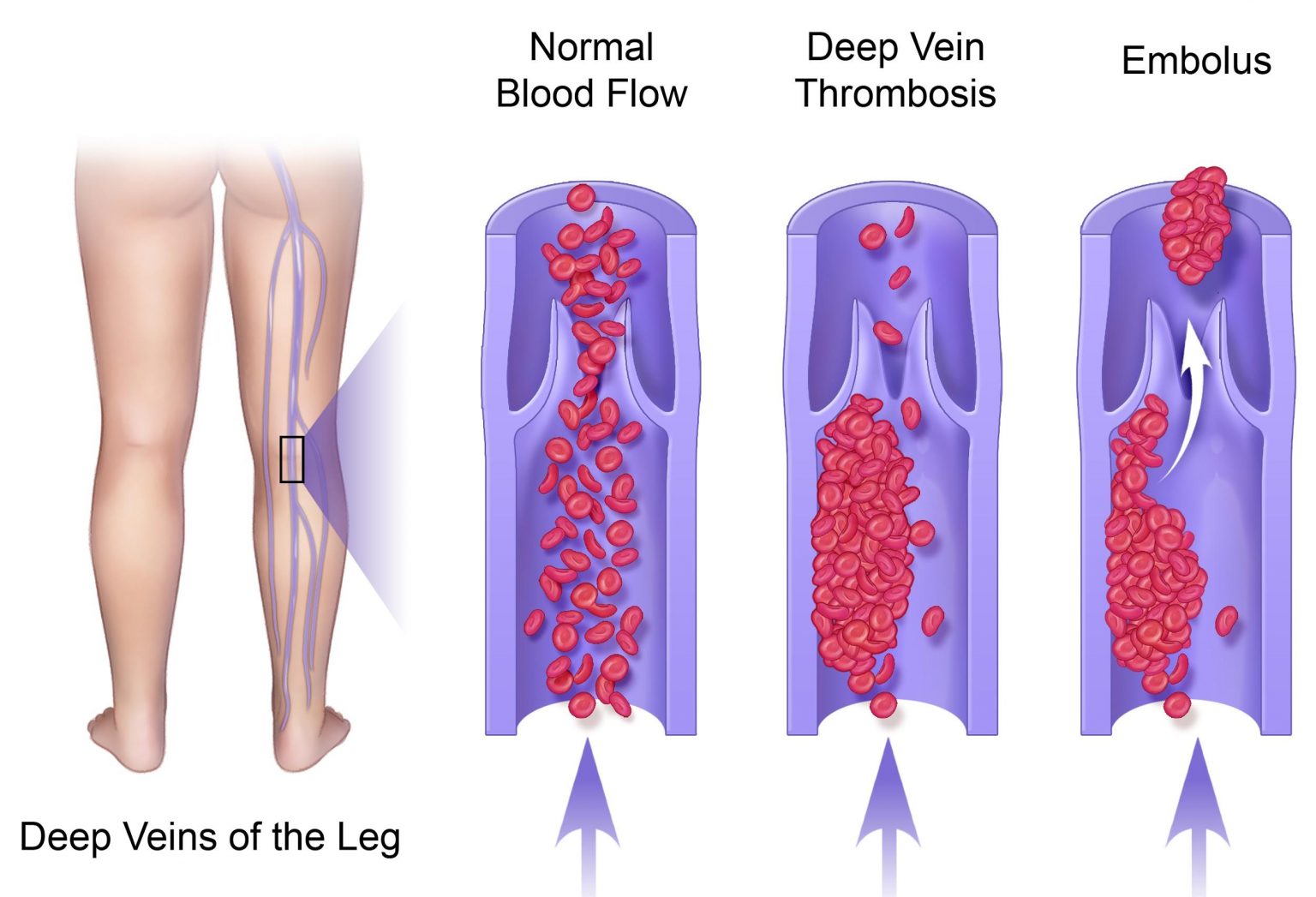Yes, deep vein thrombosis (DVT) tends to be more common in certain demographics and age groups. Here are some factors that contribute to the prevalence of DVT in specific populations:
1-Age: DVT is more common in older adults. The risk increases with age, and people over 60 are at a higher risk.
2-Surgery and Hospitalization: Individuals who undergo surgery, especially major procedures, and those who are hospitalized for extended periods are at an increased risk due to factors like immobility and changes in blood flow.
3-Prolonged Immobility: Extended periods of immobility, such as long-distance travel, bed rest, or confinement due to illness, can increase the risk of DVT.
4-Genetic Predisposition: Some individuals have a genetic predisposition to clotting disorders, which can elevate their risk for DVT.
5-Medical Conditions: Certain medical conditions, such as cancer, heart disease, and inflammatory conditions, can increase the risk of DVT.
6-Obesity: Being overweight or obese is a significant risk factor for DVT as it can affect blood circulation.
7-Hormonal Factors: Women who are pregnant, taking birth control pills, or undergoing hormone replacement therapy are at a higher risk due to hormonal changes that affect blood clotting.
8-Family History: A family history of blood clots can increase an individual’s risk for DVT.
9-Previous History of DVT: If you’ve had a DVT in the past, you are at a higher risk of experiencing another episode.
It’s important to note that while certain demographics and age groups have a higher predisposition to DVT, this condition can affect people of all ages and backgrounds. If you have concerns about your risk for DVT or experience symptoms, it’s essential to consult with a healthcare professional for a proper assessment and guidance on prevention and treatment.
For more information, consult Dr. Kunal Shah one of the Best Orthopedic Doctor in Borivali West or Contact us on 9930775754



